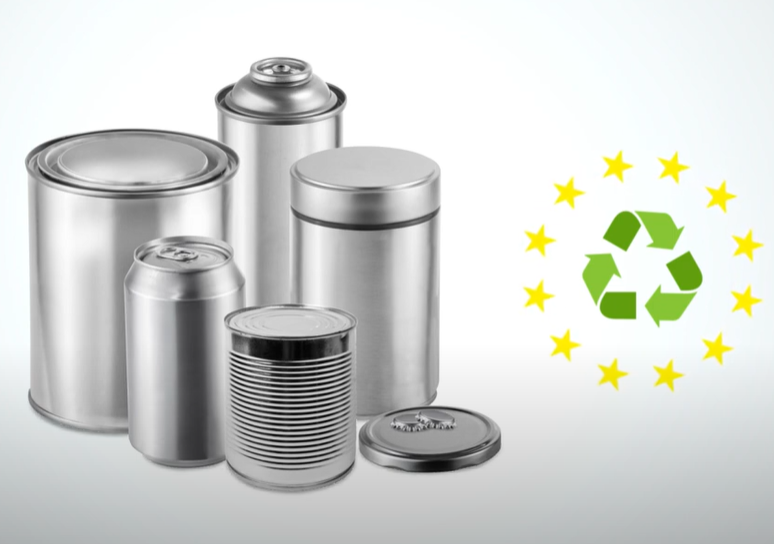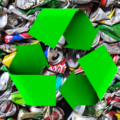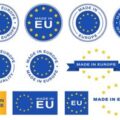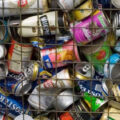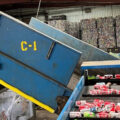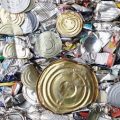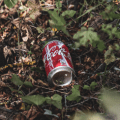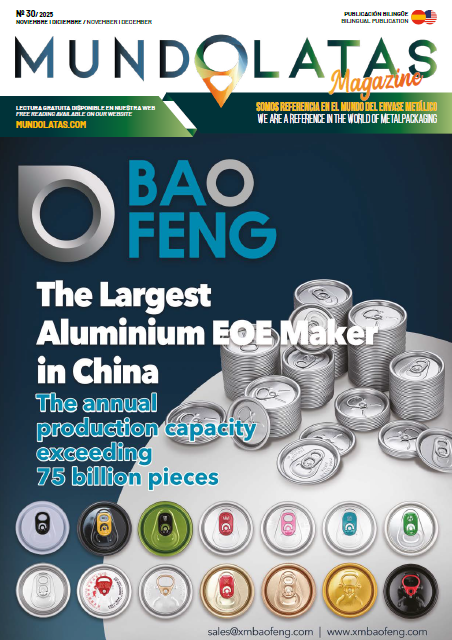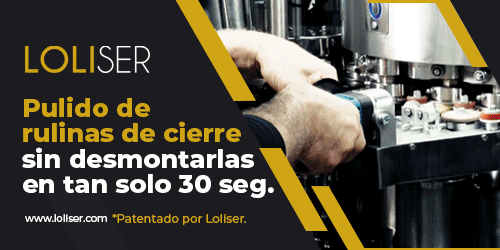After several discussions in the trilogue, an agreement has been reached on the Packaging and Packaging Waste Regulation. The final text has been approved by the European Parliament’s Environment Committee (ENVI) and is now expected to be voted on by the entire European Parliament at the end of April for formal adoption.
The partnership with the Permanent Materials Alliance continues to work together to support measures that drive the recycling of high quality materials and we advocate for greater circularity in Europe.
There is still room for improvement in the design of recycling criteria, as well as recyclability definitions and targets that promote the use of materials that can be recycled several times while avoiding substitution by less environmentally friendly options.
We are pleased that ENVI has endorsed performance grades for packaging recyclability, a measure similar to the energy consumption labels that already exist. This means that those containers that do not meet the required criteria to be recycled will eventually be disposed of.
The key to making progress on this issue will be to establish clear criteria. We continue to call for a rigorous and ambitious sorting system to ensure that packaging materials are not only designed for recycling purposes, but also collected, sorted and recycled effectively on a large scale. It is also essential to have an ambitious and numerically sound definition to achieve this goal.
Although the EU has implemented a new way of calculating recycling that focuses on the actual amount of material recycled at the beginning of the process, there are still many types of packaging that are based on collection rates rather than the actual recycling rate. In addition, if unwanted materials, unnatural moisture or food residues are included in the packaging, this may affect the accuracy of the quantities declared as recycled. Therefore, it is crucial that the calculation rules are clear and strictly enforced through verification and rigorous application.
We continue to support the implementation of the net cost approach, which implies that different types of packaging are responsible for covering the costs of their own collection, sorting and recycling system, which should be directly related to their recyclability. This does not include a transfer of costs between different materials, where one has to cover part of the costs of the other.
The key to achieving a truly efficient circular economy in the European Union is through effective collection, sorting and recycling. We continue to urge all EU entities to maintain a high level of ambition in the upcoming discussions on this topic.

